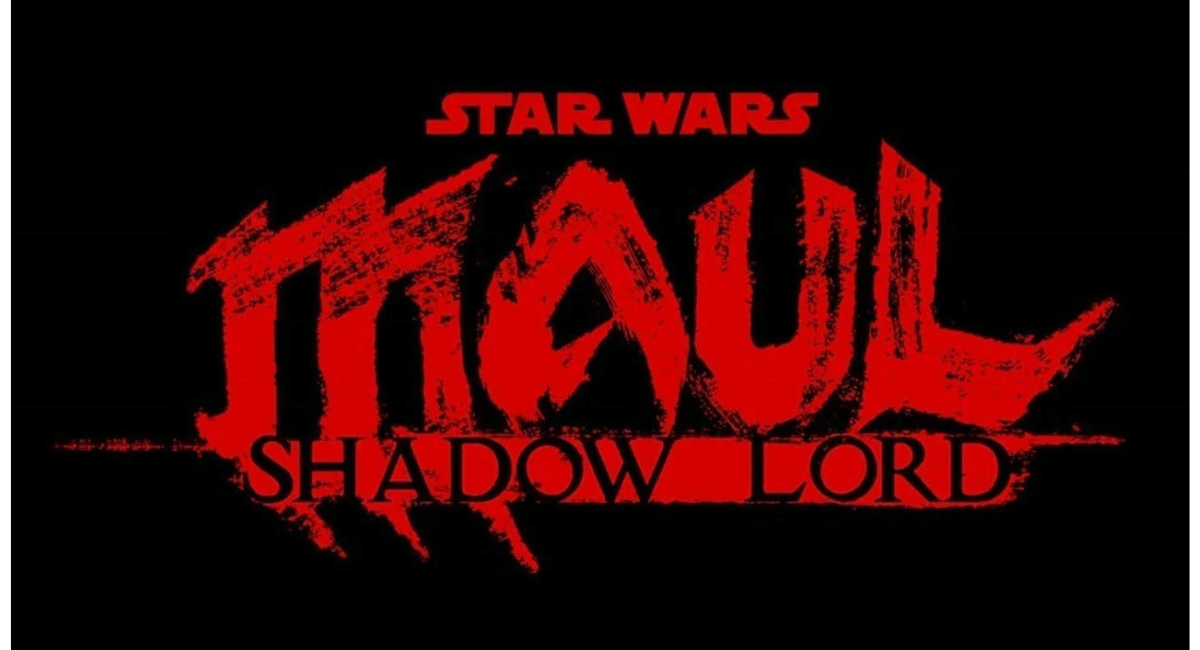Obi-Wan Kenobi: The Lightsaber Legacy of a Jedi Guardian

Introduction
Obi-Wan Kenobi’s lightsabers are physical milestones of his life. Each blue blade marks a chapter: Padawan humility, Knightly refinement, and Masterly sacrifice. Beyond style and parts, a saber reflects a Jedi’s role and choices — and Obi-Wan’s weapons tell his story in steel and plasma.
1. The First Saber — Padawan Roots (The Phantom Menace)
Crafted under Qui-Gon Jinn’s guidance, Obi-Wan’s first saber was simple and practical. Its straight, minimal hilt reflected the student’s humility and devotion. This blade saw Obi-Wan through the Duel of the Fates — and was lost when Qui-Gon fell, marking the end of Obi-Wan’s apprenticeship.
2. The Second Saber — Knightly Refinement (Attack of the Clones)
After becoming a Knight, Obi-Wan built a refined second saber. Slight modifications improved balance and control — a practical evolution for a Jedi taking on command and heavier responsibilities. This saber served through encounters with Jango Fett and the opening battles of the Clone Wars.
3. The Third Saber — Mastery and Sacrifice (Revenge of the Sith → A New Hope)
Obi-Wan’s third blade is the most recognized: a well-balanced, precise hilt befitting a Master of Soresu. This saber accompanied him through the Clone Wars, the Mustafar duel, his exile on Tatooine, and his final act aboard the Death Star — an act that defined his legacy.

Design notes
Obi-Wan’s hilts remained utilitarian: cylindrical grips, secure pommels, reliable activation mechanisms. Over time he favored balance and restraint — characteristics that supported his defensive Soresu form and the patient fighting style he became known for.
Combat Style: Soresu — The Art of Defense
Obi-Wan mastered Form III (Soresu), a defensive discipline focused on stamina, tight guard, and precise counters. His lightsaber choices supported this form — prioritizing control and enduring engagements rather than flashy offense.
Final Duel & Aftermath
Obi-Wan’s last duel on the Death Star and his voluntary sacrifice left his blade behind as a symbol. Though the saber’s ultimate fate is debated in lore, its narrative role is clear: it represents the culmination of Obi-Wan’s duty, restraint, and faith in the next generation.
Explore the Obi-Wan Lightsaber CollectionFAQ





